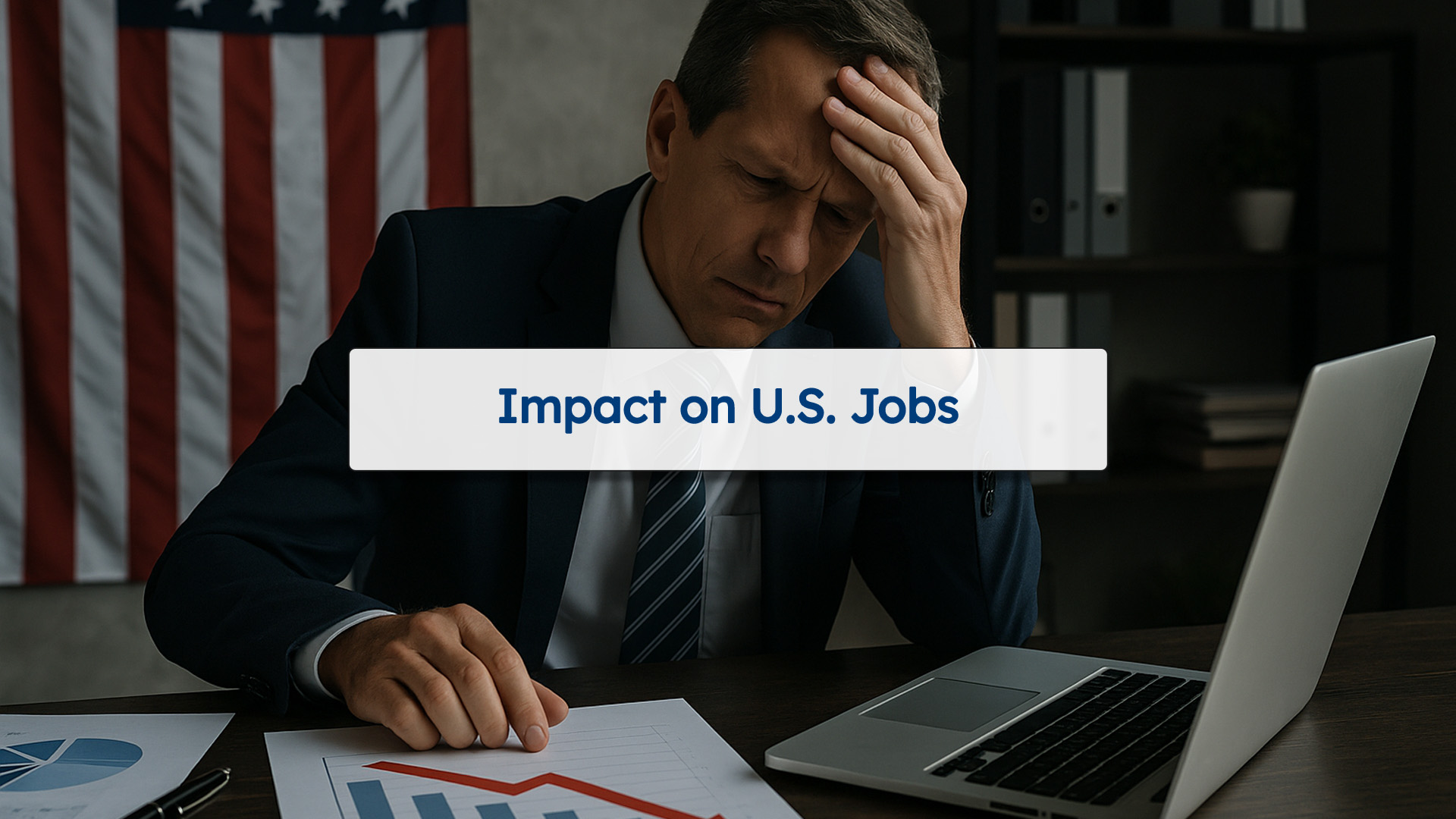As April’s U.S. job report looms, economists and analysts are closely watching for the ripple effects of President Trump’s aggressive global trade policies—particularly the sweeping tariffs imposed on key international partners. These trade measures, while intended to protect American industries, are beginning to show signs of straining the broader labor market.
Hiring Set to Slow Amid Uncertainty
Preliminary forecasts suggest a significant slowdown in hiring, with many private sector employers adopting a cautious stance. The uncertainty around import costs and supply chain disruptions is forcing companies—especially in manufacturing, agriculture, and technology—to delay expansion and freeze new hiring. As firms grapple with unpredictable profit margins, the once-strong labor demand is beginning to weaken.
Government Workforce Facing Cuts
Adding to the concerns is a wave of government workforce reductions, with several federal agencies and contractors implementing job cuts. These measures, partly driven by broader fiscal tightening and reduced trade-related revenues, contribute to a less optimistic outlook for April’s employment figures.
Broader Economic Implications
While tariffs are positioned as a strategic tool for leveling global trade imbalances, the short-term impact on employment is becoming harder to ignore. Businesses reliant on global supply chains face rising input costs, and the retaliatory tariffs from affected nations are hitting U.S. exporters—further compounding job market challenges.
Looking Ahead
With the full effects of these trade policies still unfolding, April’s job report may mark a turning point in the labor market narrative. If the trend continues, policymakers will likely face increased pressure to mitigate the domestic fallout of international trade decisions.


